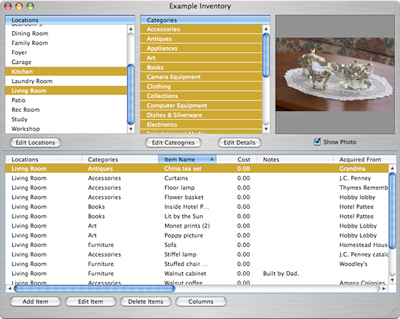
The information in oraclehomeproperties.xml overrides the information in inventory.xml. The patching and patchset application depends on this ID.ĪRU ID DESCRIPTION: This is the platform description. GUID: This is the unique global ID for the Oracle home.ĪRU ID: This is the unique platform ID. This file also contains the following information:

In a shared home, the local node information is not present. This file contains the details about the node list, the local node name, and the CRS flag for the Oracle home. This file is present in the following location: /ContentsXML/inventory.xmlĪ sample of inventory.xml file is listed: It can only detect removed Oracle homes created using Oracle Universal Installer version 10.1 and higher. It also mentions if the home is an Oracle Clusterware home or a removed Oracle home. For each Oracle home, it also lists the Oracle home name, the home index, and the nodes on which the home is installed. This file lists all the Oracle homes installed on the node. In UNIX, if you do not want to use the Central Inventory located in the directory specified by the inventory pointer file, you can use the -invPtrLoc flag to specify another inventory pointer file.
Home inventory software managed multiple homes windows#
You will find the inventory pointer file in the following location: For Solaris: /var/opt/oracle/oraInst.locįor Windows this pointer is located in the registry key: \\HKEY_LOCAL_Ī sample of oraInst.loc file is listed: inventory_loc=/home/oracle_db10g/product/10.2.0/db_1inst_group=oracle This implies that when an operation like installation, upgrade, or patching happens on an Oracle home, these operations will get blocked on other Oracle homes that share the same Central Inventory. The operations on the Central Inventory are performed through a locking mechanism. In case of Oracle homes sharing the same Central Inventory, all read and write operations on the inventory is performed by the Oracle Universal Installer components. Each Oracle software installation will have its own Central Inventory pointer file which is unknown to another Oracle software installation. The Central Inventory is located in the directory specified by the inventory pointer file. If the parent directory of the Oracle home is writable, then these directories would be created in the parent directory of the Oracle home.Įvery Oracle software installation has an associated Central Inventory where the details of all the Oracle products installed on a host are registered. If ORACLE_BASE has not been specified, the default is the $ORACLE_HOME/oradata directory. If not, the oradata, flash_recovery_area, admin, and doc directories are created under ORACLE_BASE. The instance-related directory location is accepted first from the response file, if specified. If ORACLE_BASE has been specified in the environment: $ORACLE_BASE/product/ /_įor example: $ORACLE_BASE/product/10.2.0/Db_1. For example, the ORACLE_HOME path could be $HOME/product/10.2.0/Db_1 Where is the short product name, for example, "Db", and is picked up based on the existence of the files. If ORACLE_BASE has not been specified in the environment: $HOME/product/ /_ If neither is specified, the following conventions are used for the path: If not, then the ORACLE_HOME environment variable is used. The ORACLE_HOME path is taken first from the command line if it is specified, else from the response file, if specified.

For example, the ORACLE_HOME name could be OraDb10g_2. Where is the short product marketing name as specified in the oraparam.ini file, for example, "Db10g", and is a counter derived from the Central Inventory. If not, then the following convention is used for the name: Ora _ In all cases, the ORACLE_HOME name is taken first from the command line if it is specified, else from the response file, if specified. By default, when you start Oracle Universal Installer, the software searches your system to determine the default Oracle home where Oracle software should be installed.


 0 kommentar(er)
0 kommentar(er)
